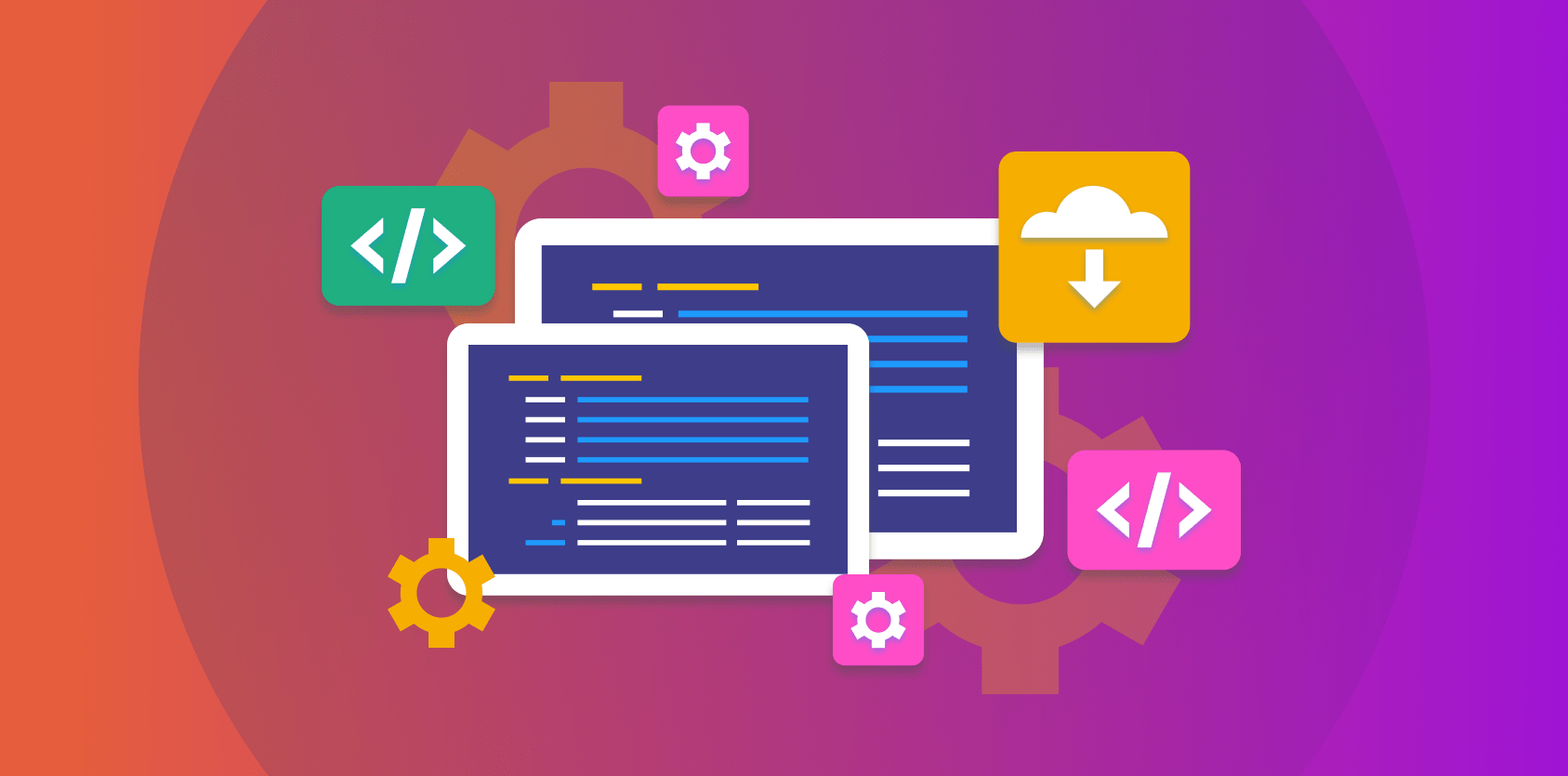-
Share This:
Database Migration? Don’t Forget Your Apps
What is Database Migration?
Database migrations occur when an intricate network of code and data is transferred from one platform to another.
Before beginning this complex process, you need to know things like how many tables and columns are in the database, whether there are any unused tables, and even how stored procedures touch the database. It’s also important not to forget the app and understand how application code connects to the database. Today, in order to figure out how application code connects to the database, teams must inspect every line of code. Even if your dev team loves the tedious work of crawling through code, this process takes developers away from other projects that drive business revenue and product innovation. With the help of intelligent mapping software, it’s possible to create a visualization that details every application code connection to the database. By using dependency mapping during a database migration, teams can confidently understand and assess all application connections and relationships to the database, to help them plan their migration project.
Planning a platform database migration? Learn 6 Answers to Know Before You Start.
Why do Companies do it?
One of the most common reasons companies perform a database migration is to cut costs. Most recently, eCommerce powerhouse Amazon underwent a massive database migration, moving away from their incumbent vendor Oracle. Companies are recognizing that there are more cost-friendly, feature-rich alternatives, making database migrations an attractive option. Organizations undertaking initiatives like this are eager to abandon more expensive vendors like Oracle, IBM, or Microsoft for a cheaper alternative, in spite of the fact that the migration will be a long, arduous, error-prone process.
Database migrations involve countless methodical steps and technical expertise to ensure success and prevent interruptions to primary functions. Akin to a neurosurgeon needing to understand how the brain, spinal cord, central and peripheral nervous systems are all connected, teams performing a database migration must understand the big picture as well as the details.
Database Migrations’ Impact on Applications
With a large project and an unclear view of how everything fits together, it can be difficult to shift focus from a macro to a micro level. As a result, there will undoubtedly be mistakes that slip through the cracks which can be difficult to identify and fix. That is why it is imperative to understand all the connection points between a database and an application before committing to a migration.
Famous Database Migration Problems
Database migrations are not simple endeavors. Amazon quickly learned this hard lesson in their attempt to move off of Oracle. Unfortunately, their database migration issues impacted their services and customer experience which went unnoticed until Prime Day, one of their top-selling days of the year.
Due to Amazon’s database migration oversight, they experienced technical glitches that caused significant delays in delivering packages. The chaos stemmed from one of Amazon’s largest warehouses, as a result of a feature that was lost during the database migration.
Despite the massive interruptions to one of Amazon’s product offering pillars—speedy delivery—Amazon fared relatively well.
Dependency Mapping and Database Migrations
Dependency mapping is a key ingredient to database migration planning as an important source for application and database intelligence. Dependency mapping solutions like CodeLogic can quickly scan through the entirety of your database and application code and highlight important dependencies and connections. By using application dependency mapping, teams can more accurately scope the migration effort which saves time and identifies areas of complex interconnectivity (coupling) which can better prepare teams for the challenges they may face during the project.
Is your company looking to get off a costly database platform? Let us help. With CodeLogic, application teams can generate living application maps using binary and runtime analysis, creating accurate, detailed system and architectural documentation that teams can understand, making key initiatives like database platform migrations less error-prone, more efficient, and more likely to succeed.


